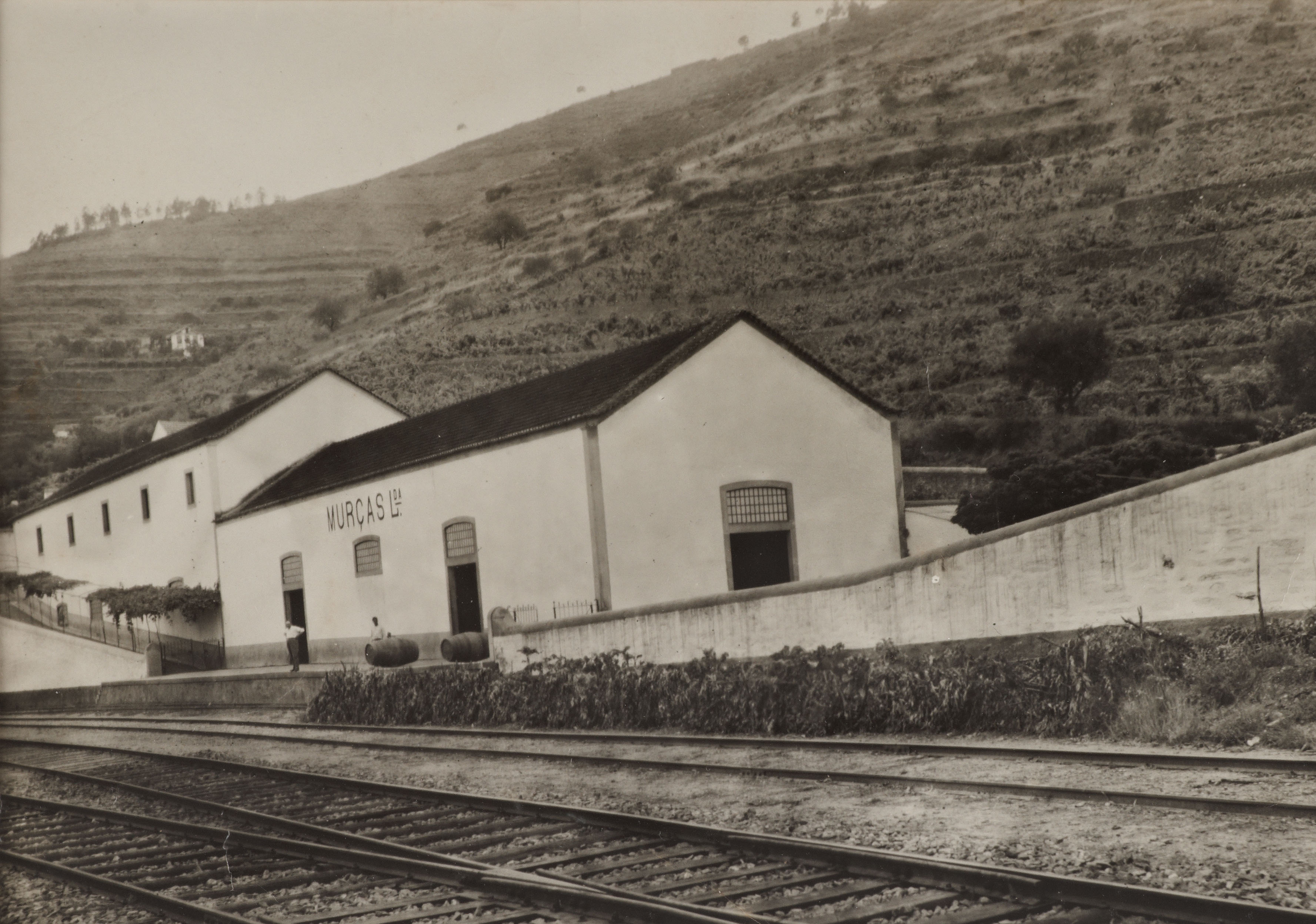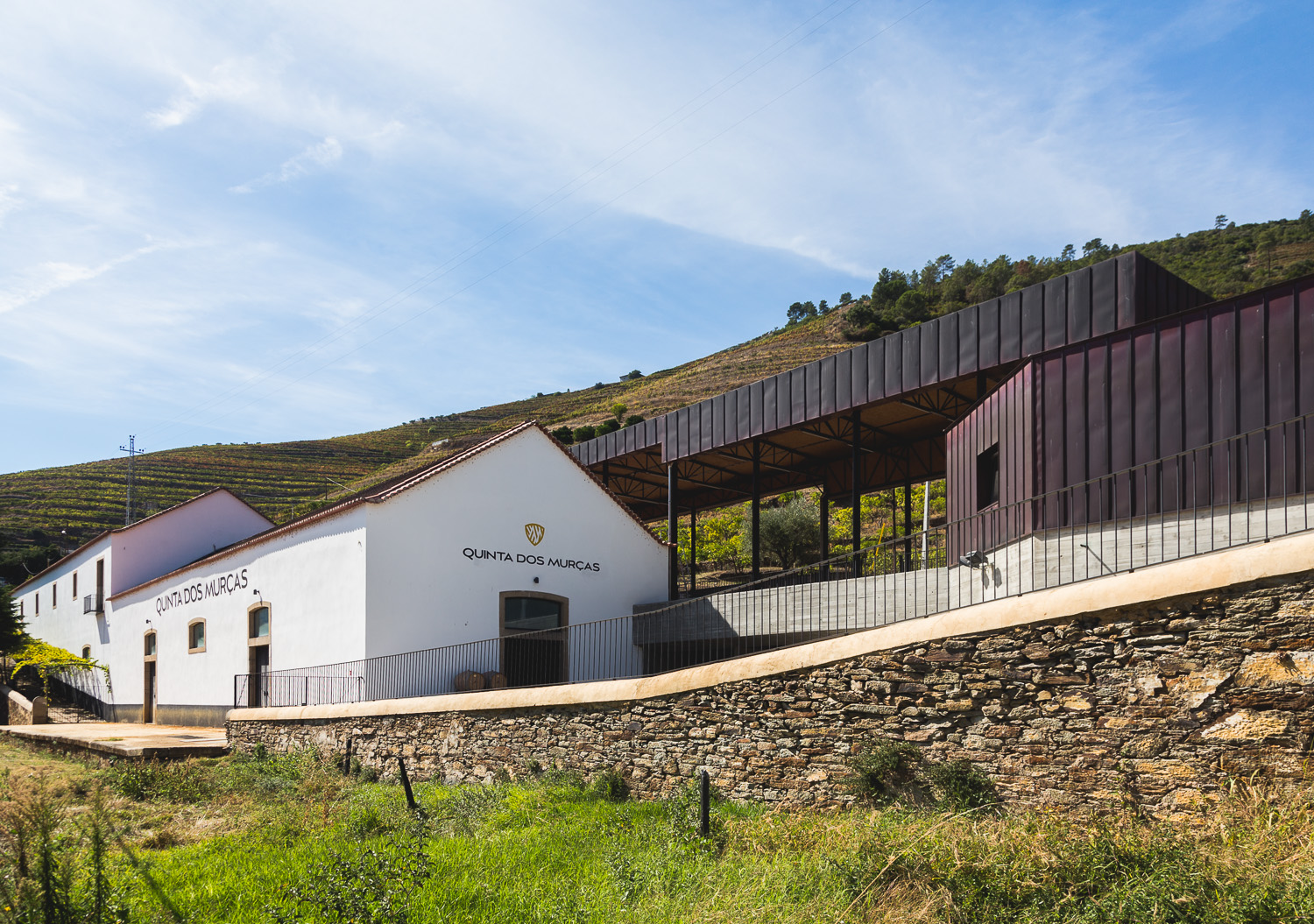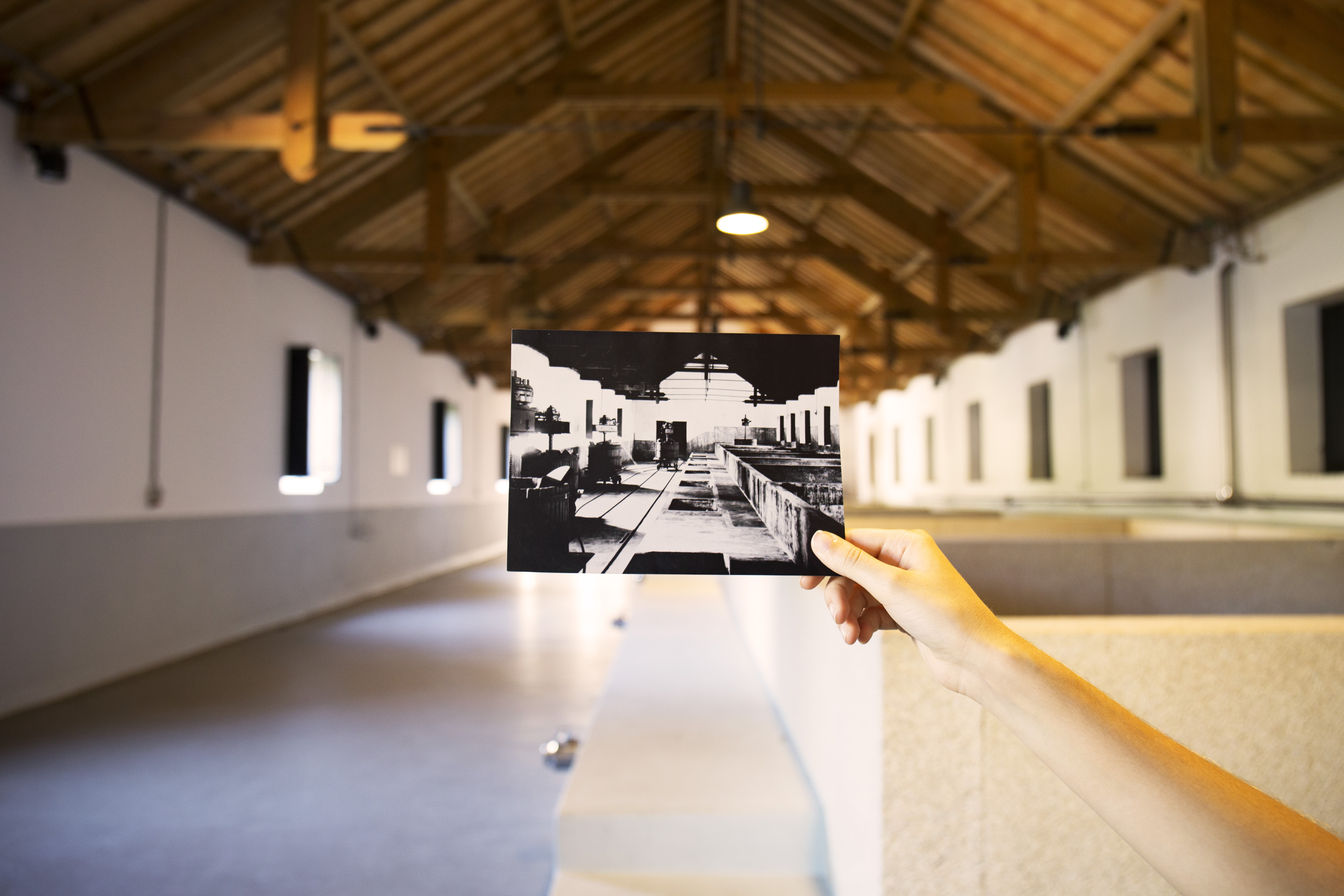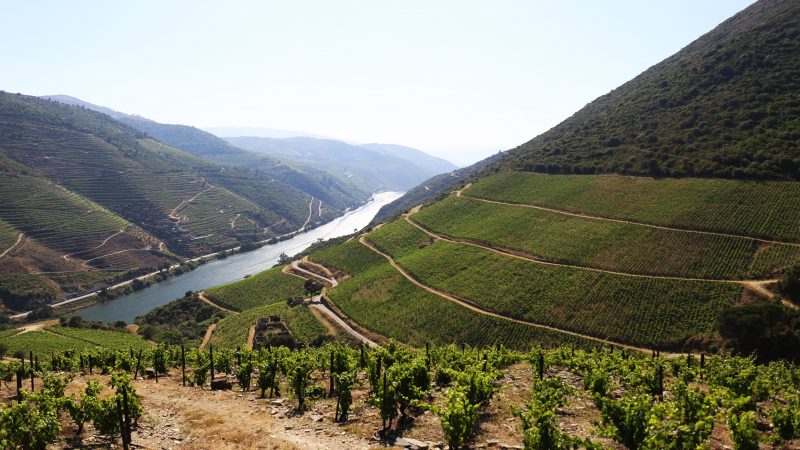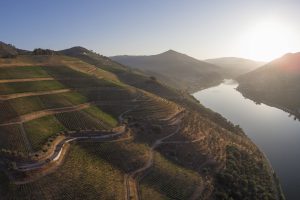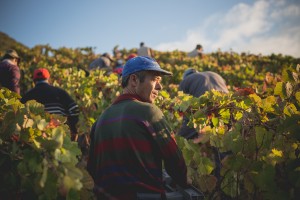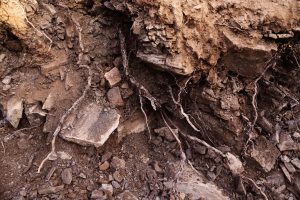Quinta dos Murças covers 155 hectares, along 3.2 kilometres of the river’s right bank. Impressive in its verticality, it boasts dozens of regional grape varieties and enjoys a unique landscape, where steep slopes, terraces, streams, vineyards and olive groves overlap.
We can’t be precise about the date it was founded. The first written reference to Quinta dos Murças dates back to 1770, in the wine shipping log of the wine company, Companhia Geral da Agricultura das Vinhas do Alto Douro.
That said, we do know that the Quinta already existed under another name since 1714 – when it belonged to António Cardoso de Vasconcelos – due to a document in which the nobleman, a former commander of the town of Murça, ordered the construction of a chapel, on the boundaries of Covelinhas. There is no trace of the chapel, although efforts were made to build it. Who knows? We may still find out.
